Just a few miles northwest of Edinburgh city centre, behind a row of security gates and plain concrete buildings, sits one of the most quietly important sites in the UK’s defence industrial base.
Leonardo’s Crewe Toll facility is not outwardly flashy. From the road, it could be mistaken for any other business park or office complex. But inside, it hums with activity. Monitors glow with tracking data. Engineers pass between labs discussing waveforms and calibration cycles. This is where some of the most advanced sensor and countermeasure systems in the world are built.
Overseeing this work is Mark Stead, Leonardo UK’s Senior Vice President for Radar and Advanced Targeting. He leads both the Edinburgh headquarters and the company’s expanding site in Newcastle.
We met inside the site in April 2025. The day began with technical briefings, a tour of the integration lines, and demonstrations of live hardware under test. Then, in a quiet meeting room, Stead laid out a vision for the future of Leonardo’s radar business, the changing shape of airborne surveillance, and why the UK remains one of the best places in the world to build the next generation of defence technology.
The conversation began with the site itself.
“We’ve been here since the 1940s actually, here in Crewe Toll, which is just about two miles northwest of the centre of Edinburgh, a fantastic location in a great capital city. But we consolidated a couple of decades ago back onto this site, and we’ve got about two and a half thousand people now operating off this site in Edinburgh.”
That number is still growing.
“We’ve grown significantly further in the last five years, just in response to an enormous demand we have for what we do here. And the defence capability here is delivered, yes, to the UK customer, but also around the world, to many export customers as well.”
“So it’s a testament, I think, to our continuing success that we do continue to grow, to continue to invest as well in the site here so that we can produce ever more cutting-edge capability for defence.”
The most visible sign of that investment is the expansion of manufacturing halls and laboratory space to meet rising global demand.
“Obviously, we’re limited in real estate to one degree or another here, but we continue to invest, and have invested further in expanding our manufacturing hall capacity. Partly that’s in readiness for what’s called the ECRS Mark 2 radar production for UK Typhoon jets, and all being well for export customers as well.”
“That also enables us to expand our capacity to produce airborne surveillance radars, which have been in never greater demand really around the world, as the prevalence of uncrewed systems and the need for ISR — intelligence, surveillance and reconnaissance — insight and intelligence grows ever stronger.”
“We’re also investing in our laboratory environments, our test facilities and test equipment. Obviously, a lot of what we do here is airborne radar and lasers capability. There are two world-class centres of excellence that we have here, and both involve very high-power controlled environments of RF energy and laser energy as well.”
Stead’s enthusiasm for this work is not abstract. His personal journey into engineering began with the same kinds of technologies he now helps deliver.
“Well, I’m an engineer, so I can’t help but be excited by the range of capabilities that we develop and produce here.”
“I love the fact that we’ve got that continuing heady mix within the portfolio — of development and production and support — of course, support to existing capability that we have here — but also those future capabilities that we’re absolutely at the forefront of.”
Among those future systems is GCAP, the Global Combat Air Programme.
“GCAP is exactly that for our next generations. I remember as a kid that I was inspired by Typhoon at the time, which was the next generation in terms of combat aircraft platforms. GCAP is that now.”
Stead’s early fascination with aircraft was more than a passing interest.
“When I was 11, I won the school prize for my first year at secondary school. I got to choose any book that I wanted up to a value of, like, fifteen pounds. The book that I chose — I’ve still got it at home — is Modern Combat Aircraft.”
“On the first page is the Saab — actually, it’s not the Gripen, it was before that — it was the Viggen, I think. Big, big on the inside cover. I remember showing it to my Saab customer because it’s got my school prize sticker emblazoned in it over the Viggen aircraft. And of course, we’ve supplied the radar into Gripen now as well.”
That relationship with Saab continues to shape Leonardo’s radar export work today.
“The Raven radar that we produce and supply to Saab on the Gripen E and F platforms is a very, very good radar, and actually acted as a bit of a proving ground for some of the things that pulled through onto ECRS Mark Two as well.”
“Gripen is a very, very capable aircraft. It’s actually, I think, underperformed in its market potential so far. But the competitions it’s been in — F-35, F-18, Typhoon, Rafale — they’re often politically loaded. Gripen, on pure capability terms, should have won more, and it will.”
Back in Edinburgh, much of Leonardo’s strength lies in its people. The company puts a strong emphasis on bringing in apprentices and giving them real responsibility early.
“A huge number of people — apprentices — they’re on every site, just young people coming through the door all the time. And something that I think always strikes people when they visit is how much responsibility is given to people who are really, really junior in their careers. They are straight into doing advanced stuff on radar cross-section, or on building manufacturing data dashboards that the company is then going to use in the future.
They come in, they do tangible work that actually advances the business, rather than it’s a project to do for five minutes. It’s the cool factor. No matter what age you are, that definitely comes across.”
That mixture of hands-on engineering and real-world impact is part of what Stead believes makes the defence sector uniquely rewarding.
“Our general product portfolio is very high-end engineering — extremely capable — bang for buck, the best in the world. I’m really proud of that. I think all the people who work here are absolutely very proud of that.”
But pride is not the end in itself. It is what the systems enable that ultimately motivates him and his team.
“Most importantly of all, what that delivers is the end-user benefit — the men and women who are in harm’s way completing missions around the world with our capabilities, with our systems. They absolutely rely on us and what we do to deliver the effects, the capability that they need to get their jobs done. And that’s, I think, the biggest driver of all for our people — and certainly for me as well, in leading the business here.”


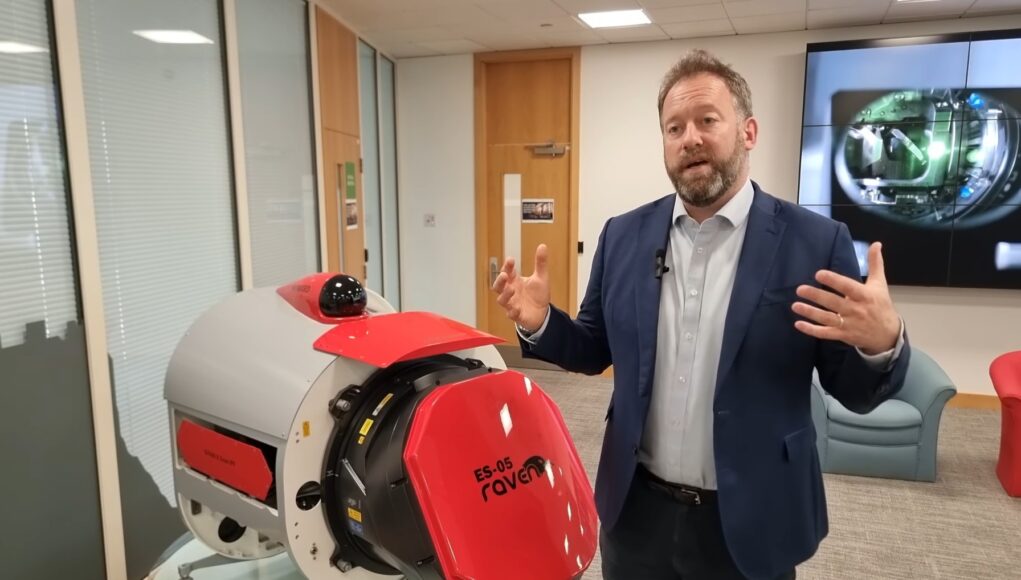

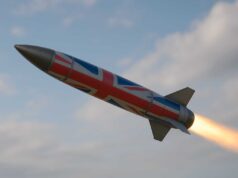

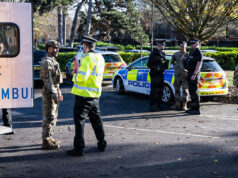

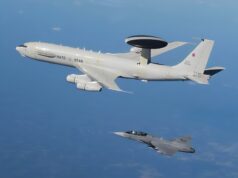
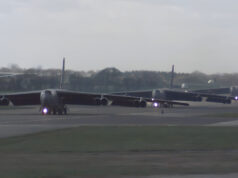
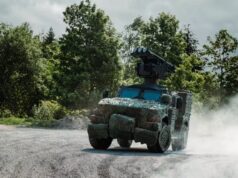
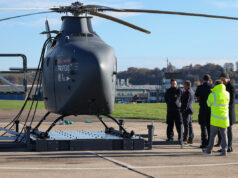

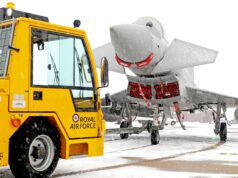

Nice work and like typhoon radar having double use of being able to jam as well. Crumpet & tea anyone?
Great that we are working on a new radar when we have yet to deploy the AESA radar in typhoon that we spent the last twenty years working on.
Why does everything in the UK have to be a research project.
We can’t even put this radar in Tempest because we agreed to build something completely new with Japan.
We can’t even bring the typhoons tranche 3 in for refit because we scrapped all the tranche 1’s and there is no slack left.
Because HMG like channeling “pork” to the MIC, regardless on whether it enters service or not?
Jobs and the economy. All that matters. I don’t EVER hear a politician prioritising military capability or numbers when talking of new kit being developed.
It is all:
Xxxx number of jobs.
Help keep country safe.
Our plan for “change”
And the other twaddle they come out with.